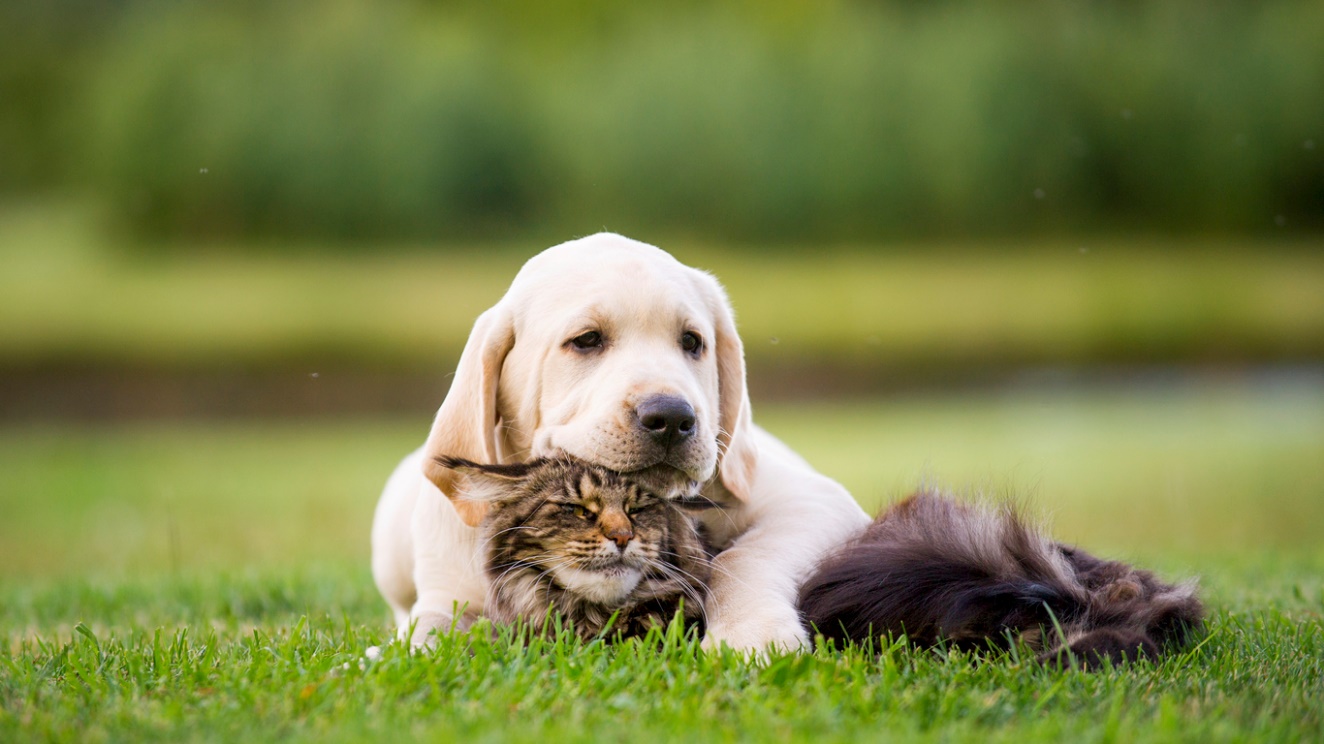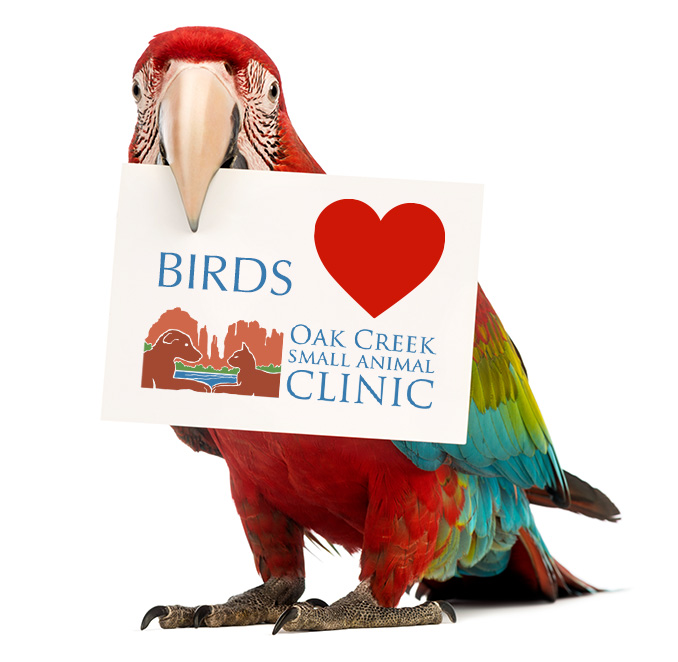From Oak Creek Small Animal Clinic in Sedona, AZ
At Oak Creek Small Animal Clinic, we know Sedona summers can be stunning—but the rising temperatures can pose real risks to pets. Whether your companion barks, meows, chirps, slithers, or scurries, simple precautions can help them stay healthy and happy all season long.
From energetic dogs and sun-loving cats to birds, reptiles, and small mammals, this guide offers practical tips for keeping all pets cool and safe in the summer heat.
Keeping Dogs Cool in the Summer
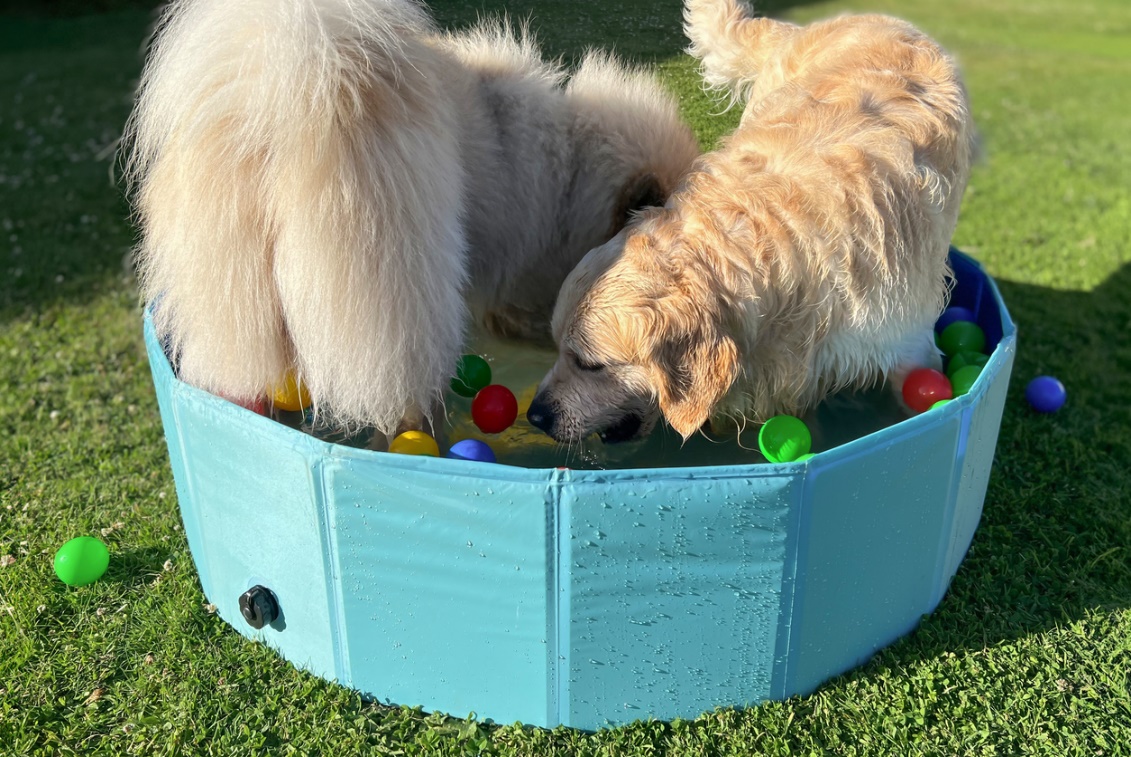
- Walk your dog during early morning or evening hours to avoid hot pavement that can burn their paws.
- Bring water on every outing and offer frequent hydration breaks.
- Never leave a dog in a parked car—temperatures inside can climb 20°F in just 10 minutes, even with the windows cracked.
- Set up shaded outdoor areas with access to cooling mats, kiddie pools, or frozen treats.
Summer Comfort for Cats
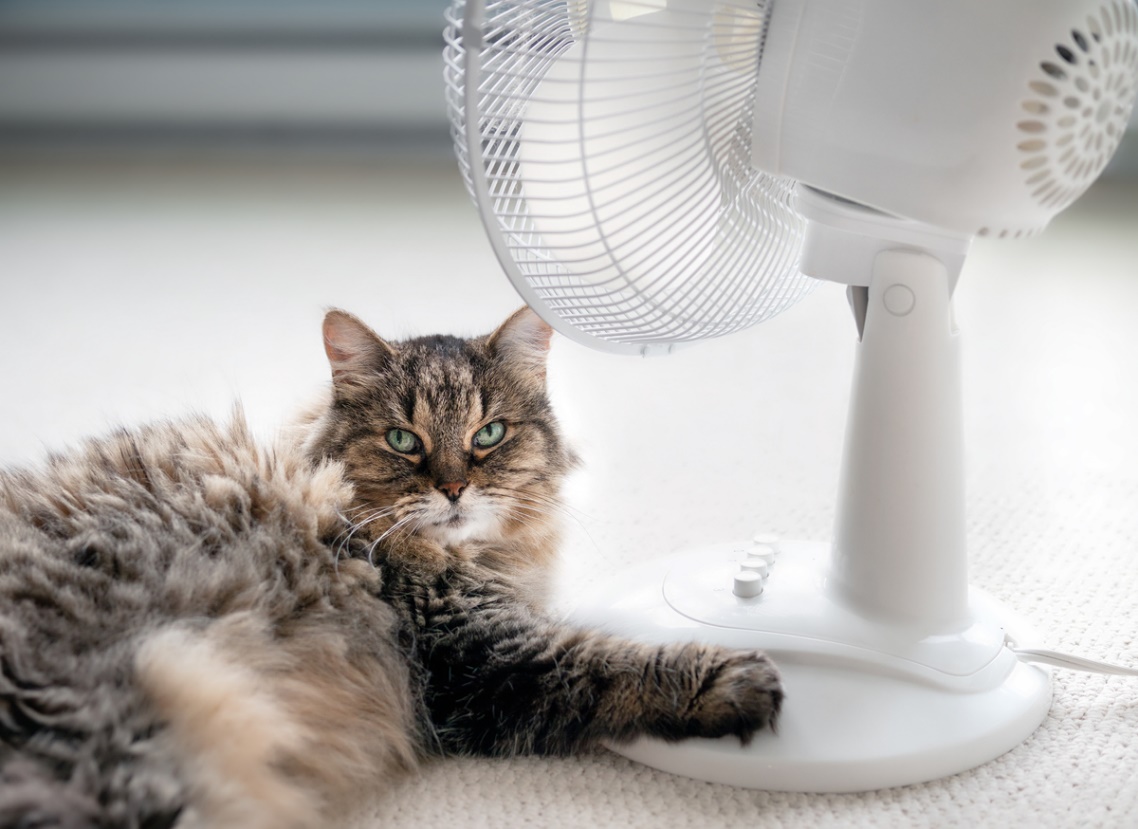
- Create shaded lounging spots near windows with secure screens for airflow.
- If your cat enjoys outdoor time, consider a safe catio or enclosed porch space.
- Use puzzle feeders or frozen toy treats to stimulate and cool your cat.
- Keep multiple water stations available. Cats typically prefer running water, so fountains can encourage hydration.
Avians & Exotics: Special Summer Considerations
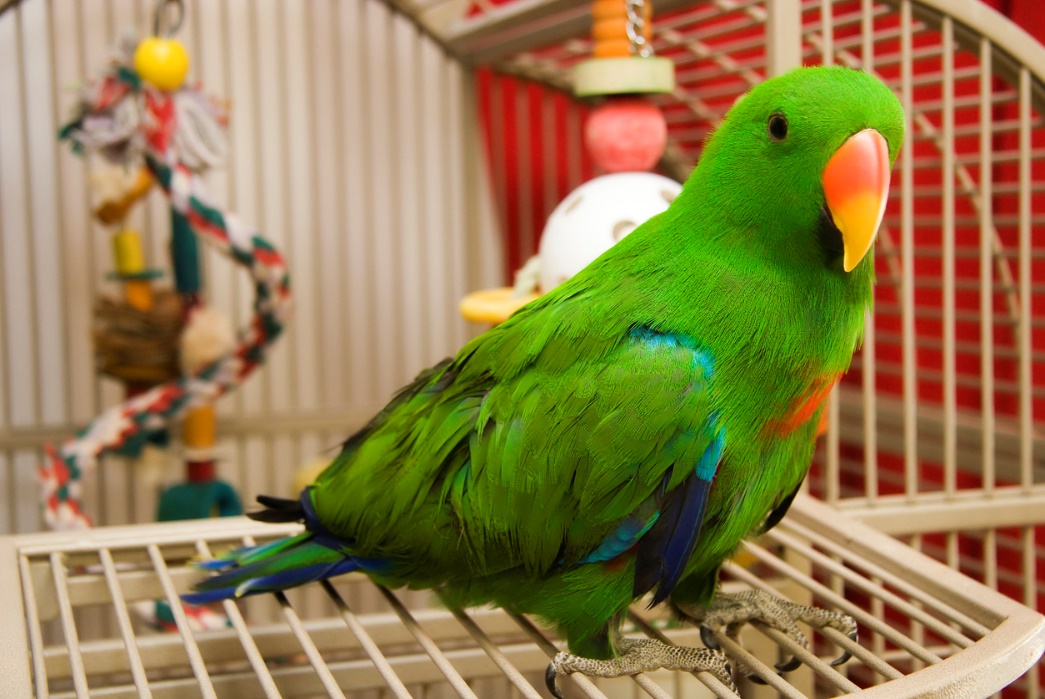
Birds, reptiles, and small mammals often need additional attention in the heat. Here is how to support their well-being:
- Enclosure Placement: Keep cages or tanks out of direct sunlight and away from windows, which can trap heat and quickly raise temperatures to unsafe levels. For small mammals like rabbits, guinea pigs, and hamsters, anything over 80–85°F can be dangerous.
- Temperature Control: Use fans to circulate air (without blowing directly on pets) and provide cool surfaces like ceramic tiles or frozen water bottles wrapped in cloth. These help small pets regulate their body temperature when it gets close to their upper limit of 80–85°F.
- Humidity & Heat Regulation: For reptiles and amphibians, maintain proper temperature gradients inside their enclosures using thermometers at both ends. Keep an eye on humidity levels as well, adjusting with misting or humidifiers to prevent overheating or shedding problems.
- Shade & Perches: Ensure birds have access to shaded perches and are not near drafts or air conditioning vents. Birds are extremely sensitive to temperature changes and air currents. Exposure to direct drafts or cold air from vents can cause respiratory issues, stress, or even illness. At the same time, without shade, birds are at risk of overheating or sunburn, especially if they are near windows. Providing shaded perches and keeping cages away from vents ensures a more stable, comfortable environment that supports their delicate respiratory and immune systems.
If you are unsure about the best way to cool your exotic pet, give us a call—our team can guide you based on your pet’s unique habitat needs.
Hydration: A Must for All Pets
Proper hydration is critical in hot weather:
- Refresh water bowls multiple times a day and offer extra dishes in different areas of the home.
- Rabbits and some exotic pets prefer ceramic bowls over bottles because it is easier to drink naturally.
- Reptiles and amphibians may need misting or humidity adjustments to stay hydrated.
Watch for Signs of Heat Stress
Know the warning signs of overheating:
- Excessive panting or drooling
- Lethargy or uncoordinated behavior
- Rapid breathing or collapse
Note: Panting in dogs is normal during hot weather or after exercise. But excessive panting—panting that is loud, constant, labored, or does not improve with rest or shade—can be an early sign of heatstroke.
While cats may pant briefly during extreme heat or stress, panting in cats is uncommon and may indicate overheating or a medical issue if it continues.
If you notice any of these symptoms, contact Oak Creek Small Animal Clinic immediately.
Indoor Safety Tips
- If you have air conditioning, maintain a consistent, comfortable temperature—but be cautious with birds and exotic pets, who can be sensitive to drafts.
- Without AC, use fans, open screened windows, and close blinds during the hottest hours to keep your home cooler.
- Monitor terrarium and aquarium thermometers daily to avoid dangerous temperature spikes.
Sun Protection for Sensitive Pets
Pets with white or thin fur, or those with exposed skin on the ears and nose, can get sunburned:
- Apply pet-safe sunscreen to exposed areas—never use sunscreen made for humans.
- For outdoor pets or those in enclosures near windows, provide shade with UV-blocking covers or shade cloths.
Protecting Pets from Pests
Sedona’s summer also brings pests. Fleas, ticks, and mosquitoes can transmit serious diseases:
- Use veterinarian-approved preventatives year-round.
- For avians and exotics, never apply products made for dogs or cats. Always consult us for species-appropriate options.
Toxic Plants to Watch Out For
Here are common plants that are toxic and life threatening to pets:
- Lilies – Highly toxic to cats; can cause kidney failure.
- Sago Palm – Poisonous to all pets; may cause liver failure or death.
- Oleander – Affects the heart and nervous system.
- Azaleas – Can lead to vomiting, diarrhea, and cardiac issues.
- Dieffenbachia (Dumb cane) – Causes oral irritation and swelling.
- Philodendron – Can cause drooling, vomiting, and digestive upset.
- Tulips and Daffodils – Bulbs are especially toxic, affecting the stomach and heart.
Not sure if a plant is safe? Just ask, we are happy to help you keep your home and yard pet friendly.
Fun and Safe Summer Activities
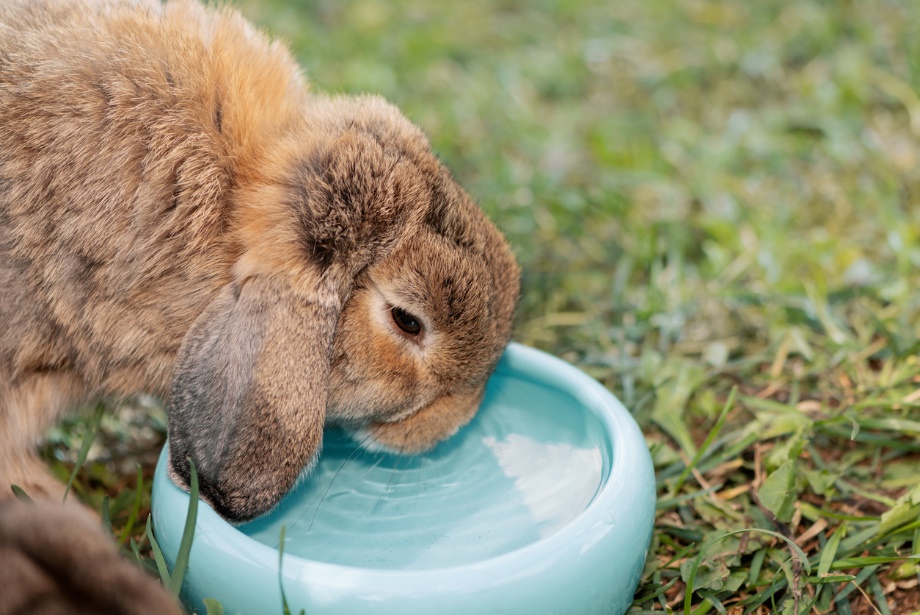
- Dogs: Try early morning walks, shaded backyard play, or a visit to a dog-friendly splash pad.
- Cats: Set up window hammocks, indoor obstacle courses, and provide interactive toys.
- Birds: Rotate toys, add new perches, and provide safe branches for chewing.
- Reptiles: Rearrange enclosure items or hide food to encourage natural behaviors.
- Rabbits and Guinea Pigs: Use tunnels, chew toys, and hide treats to promote exploration.
Tip: Pet-safe frozen treats—like chopped fruit for rabbits and guinea pigs or pet-safe broth popsicles (with no salt, onion, or garlic) for dogs and cats—can be a fun way to help pets stay cool. Note: Hamsters are too sensitive for frozen treats. Instead, offer a small piece of chilled cucumber or apple (no seeds) as a safe alternative.
Traveling with Pets This Summer?
- Use a well-ventilated, escape-proof carrier designed for your pet’s species.
- Pack familiar items like bedding, food, and water for comfort.
- Make sure your boarding or travel destination is equipped to handle avians or exotics.
- Schedule a pre-travel wellness exam to ensure your pet is healthy and ready for the journey.
- NEVER leave a pet in a parked car—even for a brief time. AVMA warns temperature inside your vehicle can rise about 20 degrees Fahrenheit in just 10 minutes.
Here for All Your Pets—All Summer Long
At Oak Creek Small Animal Clinic, we understand that summer safety looks different for every pet species. Whether you are caring for a playful pup, an indoor cat, a bird, or a small exotic pet, we are here to support you with individualized care.
Call us today to schedule a summer wellness visit. We will help your pet stay cool, comfortable, and healthy all season long.
Happy 4th of July! We will be closed July 4th and 5th..


